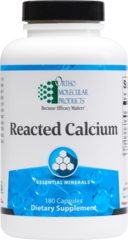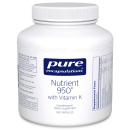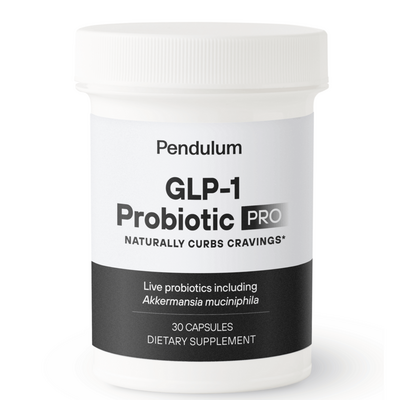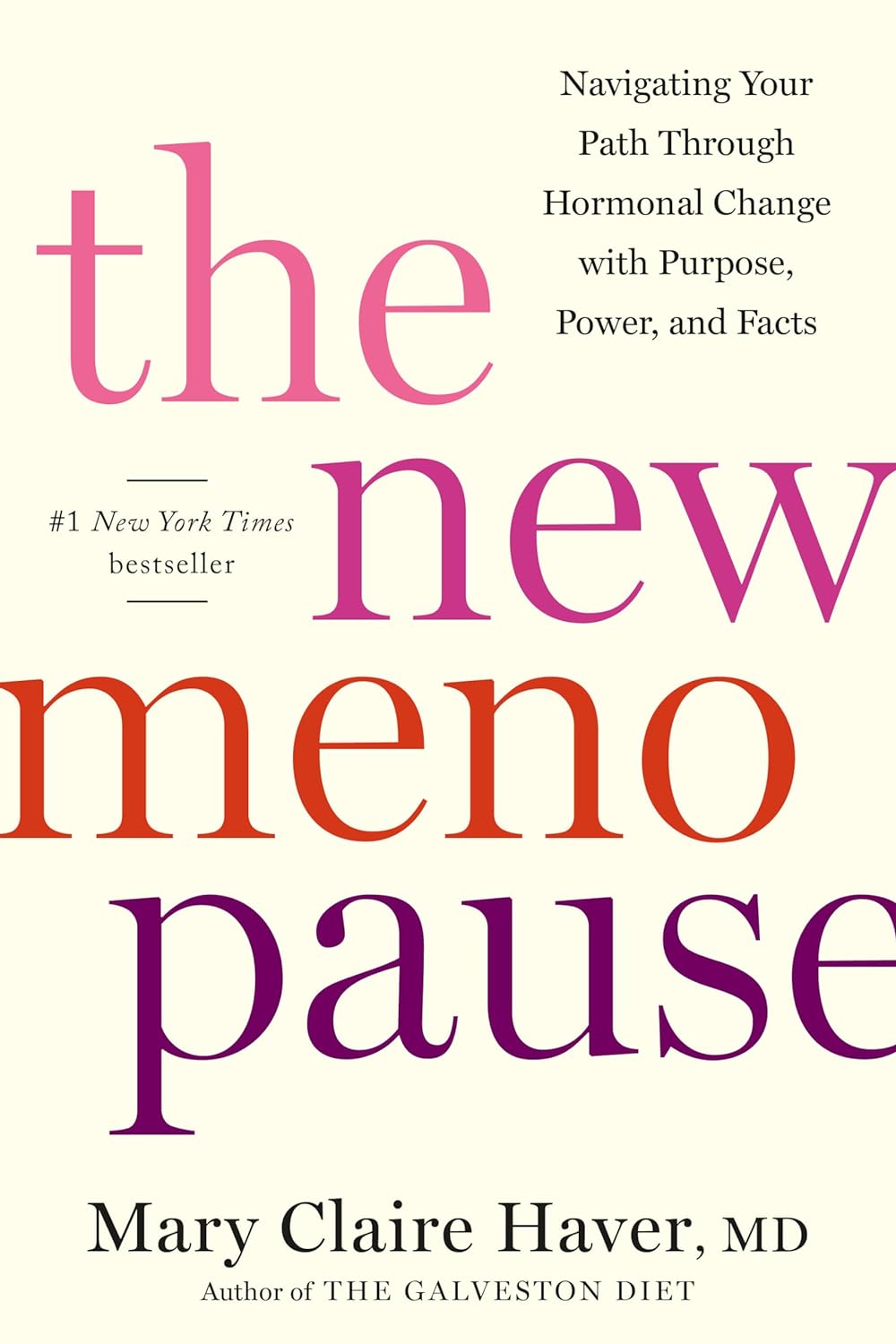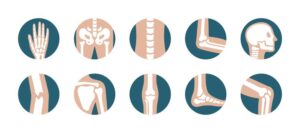
What is Osteoporosis?
Osteoporosis is characterized by porosity of bones and decrease bone mass resulting in risk of fracture.
There are many, many factors that can cause bone loss.
Low body mass index (BMI)
Lack of exercise/sedentary lifestyle
Poor nutritional status
Alcohol abuse
Smoking
Estrogen deficiency
Family history of osteoporosis
Use of certain medications (glucocorticoids, anticonvulsants, loop diuretics, aluminum containing antacids)
Hyperthyroidism, Cushing’s syndrome and more
Starting with nutrition we can put a firm spotlight on SUGAR. Let’s just get to the point… Sugar is devoid of nutrients. It also increases urinary calcium excretion coming mostly from the bones. Large amounts of ingested sugar WILL increase your cortisol levels. Please reduce your sugar consumption. It is not just bad for your bones. Sugar comes in many forms and reducing the overall intake with pay off in dividends. For example, if you are drinking colas, colas are phosphoric acid and caffeine. Phosphoric acid will lower serum pH and rob calcium from your bones.
Next is your protein consumption. This is a tricky one. A lot of “diets” these days are pushing high amounts of protein. Protein is generally thought of as good. Don’t get me wrong a good amount of high quality protein is essential for synthesis and maintenance in the bone matrix. Protein supplementation increased recovery time in the elderly with hip fractures. Protein is good BUT protein cuts both ways. Increased protein increases ingestion of sulfur containing amino acids, leading to lower pH and release of calcium from bone. Also, methionine increases homocysteine. Homocysteine lowers bone quality. Another point to consider is animal protein may increase phosphorus which may alter Calcium/Phosphorus ratio and increase parathyroid hormone levels. It is good to note Keto diets. Keto can be a great short term weight-loss strategy, but long term may result in bone density issues.
Repairing the gut. You may not know what this even means. You hear a lot about “gut health” these days. The gut is basically the stomach lining barrier that protects you from invaders and helps you absorb nutrients. Scientists are finding out that it controls so much more than what happens in your belly. From psychiatry to gastroenterology, the health of the gut is linked to just about every system in the body. Malabsorption is a very common issue with my patients. I find that the main reason for this is nutrient status, also known as malabsorption. Causes may be Celiac, Irritable Bowel, Food Allergies, or even bypass surgery to name a few. What you need to know is, if you are having absorption issues you may have a broader issue to tackle.
When it comes to osteoporosis’ conventional therapies bisphosphonate, estrogens, SERMS (selective estrogen receptor modulators), and calcitonin the side effects should be considered. I would like to direct you to a report done by Alix Spiegel
https://www.npr.org/2009/12/21/121609815/how-a-bone-disease-grew-to-fit-the-prescription
Bisphosphonates have many side effects, GERD and esophageal ulceration, atrial fibrillation, atypical femoral fractures and osteonecrosis of the jaw.
Not just estrogen but all hormone levels drop with menopause. It could easily be suggested that all hormones play a roll in bone density. To increase your overall safety it is a good plan to balance your hormones. Women lose up to 20% of bone in first 5-7 years of menopause. NOTE… There are a number of studies that show estriol has a positive impact on bone density at a dose of 2 mg/day. Progesterone stimulates osteoblasts (cells that stimulate bone growth). This is the reason for rapid bone loss in peri-menopausal years. For men there has been positive results in treatment with testosterone therapy. Nutritional hormone therapy with phytoestrogenic and SERM (selective estrogen receptor modulators) herbals has little evidence, but I strongly believe this is due to the lack of formal studies. One herbal type supplement that is actually a food has backed evidence. The actives in soy are the isoflavones genistein and daidzein. Both are SERM like. Evidence shows increase in BMD (bone mineral density), decrease in bone loss, and increases in bio markers of bone turnover. There is also negative evidence with soy but this could be due to different types of soy used and the cohort selection. It is recommended that patients use the complete soy product as a food. Ipriflavone is synthetic and derived from daidzein. It increases osteoblast function.
Dosing is 200 mg TID with calcium. For best effect should use at least 1000 mg of calcium. Decreases bone loss in postmenopausal women. Ipriflavone and calcium are shown to relieve back pain from spinal compression.
CAUTION… Ipriflavone has been shown to reduce lymphocytes. Can lower up to 27% then level out. Need to monitor WBC. First off, adequate intake of calcium is needed in childhood and adolescent years to reach optimal peak bone mass. Lower % of loss in bone loss years.
When you supplement with calcium is key. Here are some points to consider. With high intensity exercise calcium is lost through sweat. This makes teenage supplementation beneficial when they are athletic. Also In the first 5 years post-menopause calcium therapy is a waste. During post-menopause serum levels are too high and calcium will not be absorbed due to estrogen loss. Later, after this 5 year period calcium is once again beneficially absorbed.
There is a lot more to nutritional support of Bone Mineral Density than just calcium. Long term dosing with D is needed. Calcium and D levels will drop to base line within two years of discontinuing. There are many types of calcium. Carbonate best taken with food. Citrate should be used with low stomach acid. Citrate can be taken at any time. Absorption is greatest at 500 mg or less per each dose at 2-3 times/day. It is important to include dietary intake in calculating a daily dosing. Approximate intake from food and dairy is 831 mg per day (300 mg from non-dairy and 300 mg from cup of milk or fortified orange juice).
Phosphorus is needed for development of hydroxyapatite crystals in bone. Most people get enough calcium. It is a fine line with phosphorus and calcium supplementation. Too much of either can be deleterious effect. Excess phosphorus relative to calcium may increase parathyroid hormone leading to bone loss. Too much calcium to phosphorus may lead to poor phosphorus absorption. Elderly are most susceptible to this. A calcium phosphorus supplement may be needed. When I see low phosphorus I think high calcium dosing. Calcium can deplete other nutrients magnesium, zinc, phosphorus, manganese, and silicon. It is a goo idea to get help from a professional for specific dosing.
Many, many studies supporting the need for Vitamin D. D promotes absorption and utilization of calcium. D deficiency or suboptimal levels are associated with low BMD in women. There is very little evidence that high dosing of D impacts bone loss. 800IU is an effective dose. I have seen studies that recommend 1,000 – 2,000 iu daily as a maintenance. I think it is necessary to high dose until you reach optimal. Once at optimal go down to maintenance doses. Vitamin D on its own is shown to increase balance, stability and reduce falls. There by reducing fractures in the elderly by 22%.
Trace Minerals such as Boron, Copper, Flouride, Manganese, Silicon, and Zinc all have important roles in bone densiy. A good Multi Vitamn or Trace Mineral will help with this (*refer to my Full Scripts accounts to see what I recommend). Please note silicon plays a role of cross-linking this contributes to structural integrity of bone matrix.
Magnesium is a co-factor for alkaline phosphatase an enzyme involved in bone mineralization. 70% of people in this country are magnesium deficient. Magnesium alone has been shown to increase BMD. Mg supplementation is a must in celiac patients.
Vitamin K in forms such as K1- green leafy vegetables & K2- meat, cheese, milk, eggs is essential for bone formation and remodeling. It plays a role in osteocalcin production. Osteocalcin is a protein produced by osteoblast and attracts calcium to the bone. Some evidence shows that K2 45 mg per day may reduce hip fractures by 6% and vertebral fractures by 13%. Thorne drops. 45mg/ml
Strontium is physically and chemically similar to calcium. 90% of strontium in body is found in bone. Strontium Ranelate is shown to reduce vertebral fractures by as much as 40%. Strontium is incorporated into the hydroxyapatite crystal lattice where it may remain for decades. Strontium stimulates bone formation and inhibits bone resorption and increases BMD. There are several very large cohort studies that show positive impact with the use of strontium in osteoporotic postmenopausal women. High dose of strontium ranelate may induce rickets. Also, high doses are implicated in venous thromboembolism, cardiac infarction, and pulmonary embolism.
Treating BMD is a multifaceted approach. Age, nutritional status, hormone status, overall health including GI status may all come first. One thing I have learned that the use of supplements are more important in postmenopausal years.
I have put together a trio I like to call the Bare Minimum for Healthy Bones…


